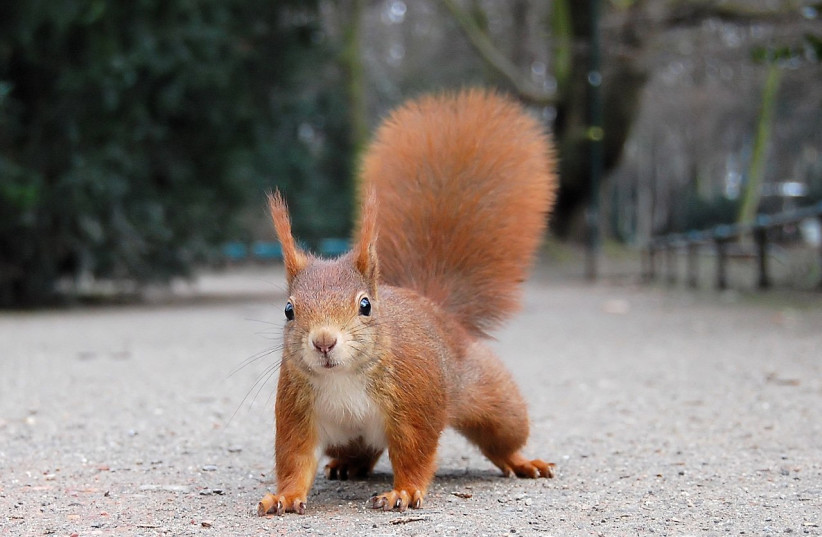Meteorites that weigh around as much as a red squirrel apiece have struck the US state of Maine, according to NASA, and a local museum is offering a hefty cash reward if you can find them.
The meteor fragments in question landed on Saturday, April 8, when a fireball was seen heading towards Maine from New Brunswick, Canada during the day, accompanied by multiple sonic booms in the air.
The incident was reported by local media outlets and recorded by the American Meteor Society's eyewitness reports. It was later confirmed by NASA and was recorded on an NOAA radar.
According to the US space agency, the meteorites likely weigh as much as 322 grams each, or 11 ounces.
To put that in perspective, consider the humble red squirrel known to scurry along the trees of Europe. According to the UK charity The Mammal Society, these red, furry rodents can weigh as much as 350 grams, so they're in the same metaphorical ballpark.

However, this is by no means certain, as it is possible that some fragments could be heavier.
Ultimately, though, this is a historic moment for Maine, as it is the first recorded meteorite in the state's history. And the Maine Mineral and Gem Museum is willing to pay $25,000 to anyone who can find one that weighs kilogram.
The museum already holds the single largest Mars and Moon rocks on Earth.
So far, there are no reports of meteorite fragments having been recovered, but estimates say that most of them likely landed in a field between Waite and the Canadian town of Canoose, with the museum specifically saying that the area directly west of Canoose, straddling the US-Canada border, is likely the best place to find them.
What is a meteorite?
Meteors originate from asteroids or other large bodies in space. Asteroids under a meter in size are simply known as meteoroids.
When meteoroids or very small asteroids impact the Earth's atmosphere, they become visible but largely disintegrate, sometimes forming bright fireballs in the process. Anything left upon impact is what is known as a meteorite.
This explosion is what usually befalls most meteors that enter the Earth's atmosphere.
Like asteroids, different meteors are made of different things, and they come in many different classifications.
According to the University of Maine's Versant Power Astronomy Center director Shawn Laatsch, the fireball may have been part of a bolide meteor.
"If it's visible in the daytime, it's usually a large meteor that hits that atmosphere and lights up," Laatsch told the Machias Valley News Observer.
Because the makeup of the meteor can vary, there is a chance these space rocks could be very valuable.
It can ve hard to tell if you found a meteorite but there are a few signs. For instance, they are usually very heavy.
For example, earlier this year, a meteor that hit Texas was measured to be the size of a Pembroke Welsh Corgi. However, it weighed as much as four baby elephants due to its density.
Another thing to look out for, as noted by the University of Alberta, is if the meteor is magnetic, has holes and bubbles and has a thin black crusty layer on its exterior.
But be warned: There are many meteors out there, some of which could have hit Maine and gone unnoticed, and the museum will only pay for these meteors. So if it has plants growing on it, it probably means it's too old to be worth $25,000.
